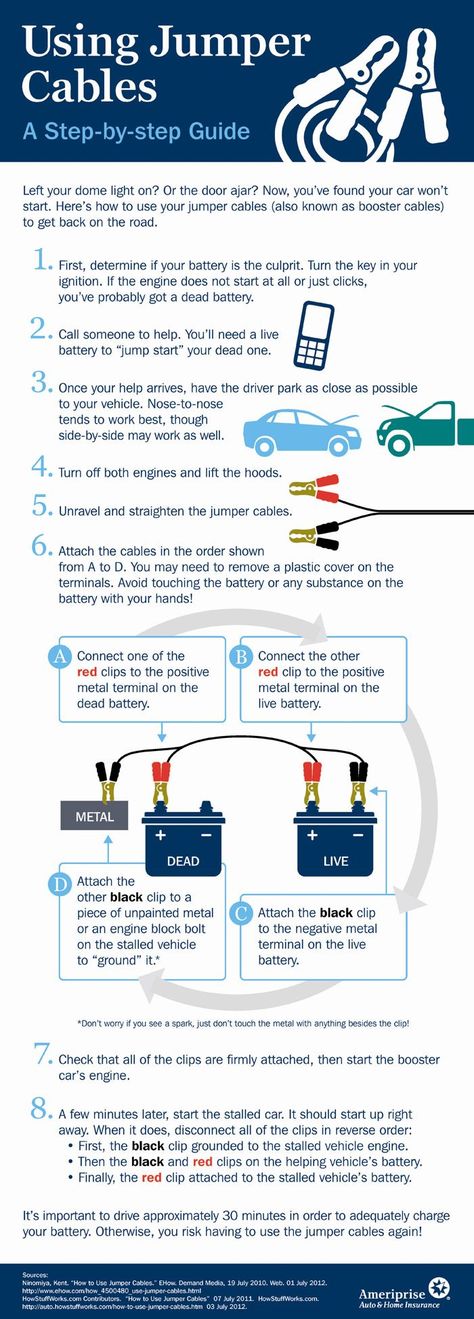Charging Instructions for Motorcycle Battery How do I jump-start my vehicle? 3 Ways To Revive A Dead ATV Battery
← Charging
Having your ATV battery not turn over can be a really terrible time. At home, you can charge it using your battery charger, but if you are out on a trail or at a campsite, it can be scary when it won't start. But all is not lost. There are a few ways you can get your ATV battery going again.
The Compression Start is where you basically trick the ATV into starting. What happens is you get the wheels moving, and that can trick the engine into rolling over. Once it is on, it will charge the Battery as you drive.
Turn on the key or switch and put your ATV into first gear. Sometimes, if you cannot get it rolling fast enough, you may need to put it into second gear. Pull the clutch up and get the ATV rolling to 10 MPH. Then let out the clutch and add gas as your hear the engine try to turn. This should make the engine fire. Make sure to pull in the clutch once it's started to make sure you don't crash
This is a really useful way to jump start your ATV as you will usually be cruising with at least one other ATV. This is a fairly simple way to get your ATV running, it's merely jumping it like when you jump a car.
Connect the cables to the good battery first, then connect the bad Battery. When you connect the black wire, or the ground Wire, it is usually better to just attach it to the frame as there is not a lot of room on the battery. Just make sure it is grounded. Start the good battery first and let it idle for a few minutes. Then try starting the bad battery. Once it starts, remove the red wire first, then the black from the newly started ATV, repeat for the other. Let this ATV idle for a while before you turn it off.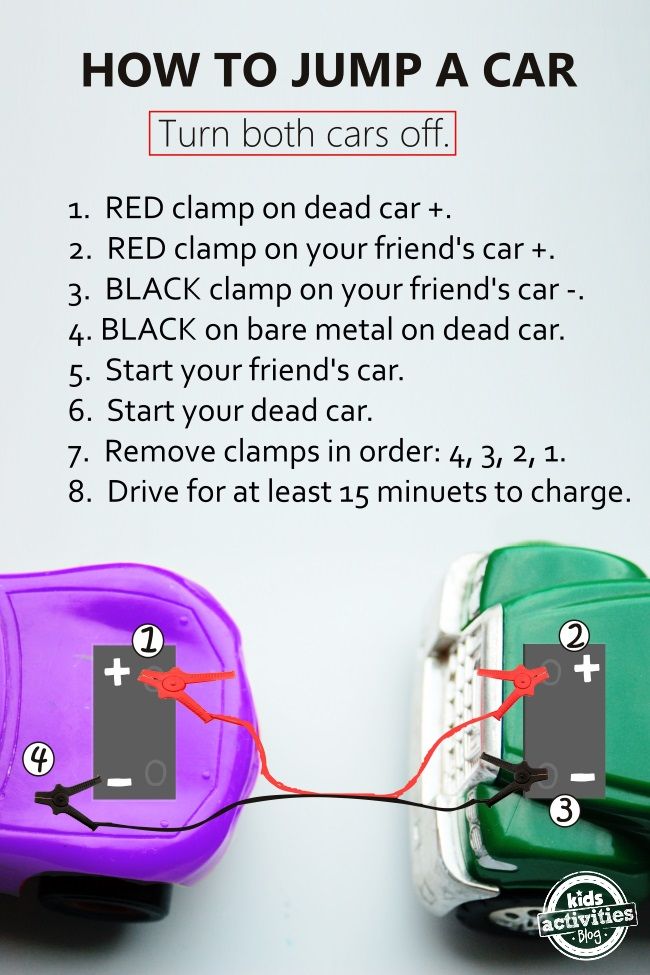
You can actually use a car to jump start an ATV. This can be really useful if you just drove for miles and miles to a location and then found out your ATV isn't turning over.
Connect the wires like you would with any other ATV/ATV or car/car set up. Then, do NOT turn on the car. The car battery is much stronger than the ATV battery, and if you turned it on you could cause problems to the ATV Battery. Instead, just try to turn on the ATV. If it was the battery preventing it from starting, then it should turn over.
These three ways to get your ATV battery going can be really useful when you find yourself stranded. Knowing the power of your machine, what it can do, and how to get it going is very important for this. But try to take good care of your battery at all times, and check to make sure it is in working condition before you leave.
Even though you may spend a lot of time and attention taking care of your ATV, you may still experience a dead battery from time to time. This happens to the best of us all the time. Usually it is in our car, truck, van or SUV, but just because you do not use your ATV as frequently as your bigger vehicles does not make them exempt from this unfortunate incident. A dead battery happens pretty similarly in and ATV as it does in larger vehicle. An ATV battery will most often die if anything that uses the electrical system is left on while the motor is not running. Personally, I am most guilty of leaving the lights on after I have parked my ATV for the day. Fear not though, even though you may have a dead battery, you aren’t necessarily stuck with it.
This happens to the best of us all the time. Usually it is in our car, truck, van or SUV, but just because you do not use your ATV as frequently as your bigger vehicles does not make them exempt from this unfortunate incident. A dead battery happens pretty similarly in and ATV as it does in larger vehicle. An ATV battery will most often die if anything that uses the electrical system is left on while the motor is not running. Personally, I am most guilty of leaving the lights on after I have parked my ATV for the day. Fear not though, even though you may have a dead battery, you aren’t necessarily stuck with it.
Jump starting an ATV is very similar to jump starting a car, only you usually want to jump an ATV battery from another ATV battery. There are, however, some key differences and warnings you definitely want to know that I will address below, as well as an alternative method to jump starting for where you don’t have a source to jump from.
Starting out with the basics will give you a lot of insight into what is happening with your battery. First, a battery powers the electrical system and helps power the motor on your ATV. Batteries, of all kinds, hold charges of positive and negative charges that work together to provide the power. Within the ATV, the battery is and integral part of the engine and without it, your ATV will not start.
First, a battery powers the electrical system and helps power the motor on your ATV. Batteries, of all kinds, hold charges of positive and negative charges that work together to provide the power. Within the ATV, the battery is and integral part of the engine and without it, your ATV will not start.
Batteries of all kinds basically work the same, but motor vehicle batteries, like ATV batteries, are somewhat different than those used in a flashlight because they dispense power, but also simultaneously being refilled with new power to be used. This is accomplished by the alternator within the engine. When your ATV is turned off, the battery has an amount of usable energy stored within it. The ATV uses this stored energy to start the engine and continue powering it during use. While the engine is going, the alternator is being powered, which is refilling the battery as it empties. It is this process that allows ATV batteries, like those in cars and trucks, to last years rather than days or even weeks.
The mechanics of the battery are pretty simple and in theory the battery should always be able to start your ATV. However. there are several reasons that the battery may not be able to start your ATV that you need to be prepared for. One of the most common is that you have left on your lights or something else that is pulling power from the battery while your ATV is powered off. The lights and other purely electrical features of your ATV still work because the battery has stored energy that the alternator had filled it with during your last ride. There is a risk that whatever electrical source that is pulling for the battery store will pull too much of the stored energy from the battery and it will no longer be able to start the engine effectively. When this occurs you are able to restart the battery with a jump and let the alternator refill the battery with power once again.
It is important to note that it is common for a battery to fail because it has prematurely emptied, but eventually, like everything, a battery will meet the end of its useful life. It is important to note the difference between a non-charged battery and a battery that is fully dead.
It is important to note the difference between a non-charged battery and a battery that is fully dead.
The main difference between a battery that just needs a jump and a battery that is fully dead is the battery’s capability to hold power within it. The reason batteries are able to recharge is due to plates that both discharge the power as well as receive the new power within the cells in a battery. As the battery is used, those plates will eventually break down from use, they also develop a discharge which will reside within the battery corroding it faster. Basically, batteries die because nothing lasts forever. Batteries that no longer possess the capability to hold a charge are ones that need to be completely replaced with a new battery. If the battery is still able to hold a charge, but has simply dispensed of all the energy currently stored within it, there is hope that jumping it will solve the problem and you will be back to a fully functioning battery in no time.
There is no easy way with only your eyes to distinguish between a battery that is no longer able to hold a charge and one that is simply DEAD.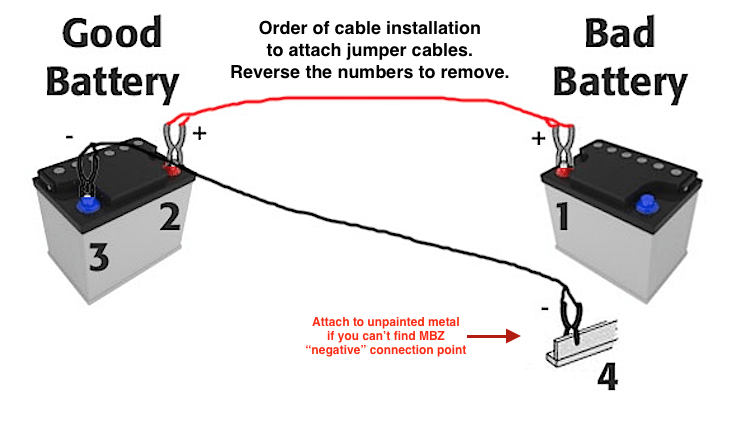 There are devices that allow you to test the charge of a battery and most mechanic shops have those and will let you use them if you are questioning what to do. Besides testing the battery, the best way to tell if the battery may be past its prime is by how long you have had it. The longer you use a battery, the more wear and tear the plates inside experience, so if it has been a while (think years not months) since you have replaced the battery and you have noticed the battery struggling to turn over, the battery probably needs to be replaced. If it has been replaced in the last year, then it is likely you will be able to recharge it to satisfaction again.
There are devices that allow you to test the charge of a battery and most mechanic shops have those and will let you use them if you are questioning what to do. Besides testing the battery, the best way to tell if the battery may be past its prime is by how long you have had it. The longer you use a battery, the more wear and tear the plates inside experience, so if it has been a while (think years not months) since you have replaced the battery and you have noticed the battery struggling to turn over, the battery probably needs to be replaced. If it has been replaced in the last year, then it is likely you will be able to recharge it to satisfaction again.
It is important to note that other problems do arise that may seem like a dead battery but are really unrelated. One of these situations is if something is wrong with the alternator and it is no longer functioning correctly to restore a charge to the battery. This may lead you to think that there is something wrong with the battery when the battery is actually fully functional. If the battery is tested and works fine or you have a new battery and the ATV won’t start, your next step is to take it into a mechanic unless you know what you are doing.
If the battery is tested and works fine or you have a new battery and the ATV won’t start, your next step is to take it into a mechanic unless you know what you are doing.
Despite whether or not your battery is able to hold a charge or past its prime, it doesn’t make a dead battery on the trail any more fun. If you are out and about and your ATV will not start, there are three methods you can try to get it restarted.
A compression start is where you manipulate your ATV into starting by making it really easy on the engine to turn over. To do this you will need to be able to get your ATV moving at close to 10 MPH. To try a compression start, first turn on the ATV and then put it in first gear. If it is unwilling to be put in first, you may want to up it to second gear. As you begin to push the ATV, you will want to pull in the clutch and get moving. Once you are moving at a good speed, about 10 MPH, try letting out the clutch and adding gas as the engine begins to try and turn over. This will hopefully trick the engine into starting and the battery, as long as it is still viable, will be able to charge while the engine runs.
This will hopefully trick the engine into starting and the battery, as long as it is still viable, will be able to charge while the engine runs.
Hopefully if your battery dies on an outing, you are with a friend or family member who also has an ATV because jumping an ATV using another ATV is probably the easiest way to get the job done. First, bring the ATV’s close to each other so that jump cables can reach each ATV’s battery. Then, attach the jump cables (typically red and black cables) to the good battery. Follow this process by attaching the other end of the cables to the empty battery. Turn on the first ATV, or the one with the full battery, and let it run for a little while, approximately 3-5 minutes. After that, try and turn on the dead ATV with the cables still connected. Typically, this will do the trick and your ATV will immediately start. You can now disconnect the jumper cables by fully disconnecting the cables from the previously-dead battery and then the full-battery ATV.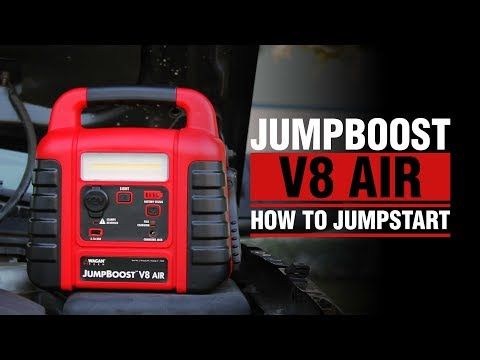 Make sure to allow it to run for approximately 30 more minutes before turning it off to allow the alternator to fully charge the battery again. You may ride it during this time, or you can simply let it idle.
Make sure to allow it to run for approximately 30 more minutes before turning it off to allow the alternator to fully charge the battery again. You may ride it during this time, or you can simply let it idle.
You may not always have someone with you that has another ATV to jump start your ATV, but hopefully you are able to reach a car or other vehicle. If you just drove for hours to try out a new riding spot and found your battery dead, you can use your car to jump the battery as long as you pay a little extra attention to what you are doing. First, connect the jumper cables to the car battery. Secondly, connect the second set of cables to the ATV. DO NOT TURN YOUR CAR ON. Make sure to leave your car engine and battery off. Car batteries are much more powerful than ATV batteries and putting that much energy into an ATV battery can deeply and permanently damage the battery. Even when the batteries are connected and both devices are turned off, enough energy can be siphoned to the dead battery to restore enough of a charge to help it start. After a little while, again approximately 3-5 minutes, try turning on the ATV. When the engine turns over, you are safe to disconnect the jumper cables, one vehicle at a time, as long as you let the engine run while the alternator refills the battery, again approximately 30 minutes.
After a little while, again approximately 3-5 minutes, try turning on the ATV. When the engine turns over, you are safe to disconnect the jumper cables, one vehicle at a time, as long as you let the engine run while the alternator refills the battery, again approximately 30 minutes.
If none of these methods work for you, you will want to get the battery tested. If you aren’t in need of a new battery, that is a good indication there is something else going on with your ATV and a trip to the mechanic may be in store.
ATV’s are a lot easier than cars, but they are a tricky and complicated of machinery that needs maintenance and attention, but that doesn’t mean that only professionals can handle every little thing. Understanding the ins and outs of your ATV battery can save you a lot of time, money and frustration as you enjoy riding the trails.
Content
New models of ATVs are equipped with an electric starter. Therefore, problems with starting almost never arise. But in older models, 9 can be installed0029 manual kick starter . With him, beginners sometimes have difficulties.
Therefore, problems with starting almost never arise. But in older models, 9 can be installed0029 manual kick starter . With him, beginners sometimes have difficulties.
To start the ATV, do the following:
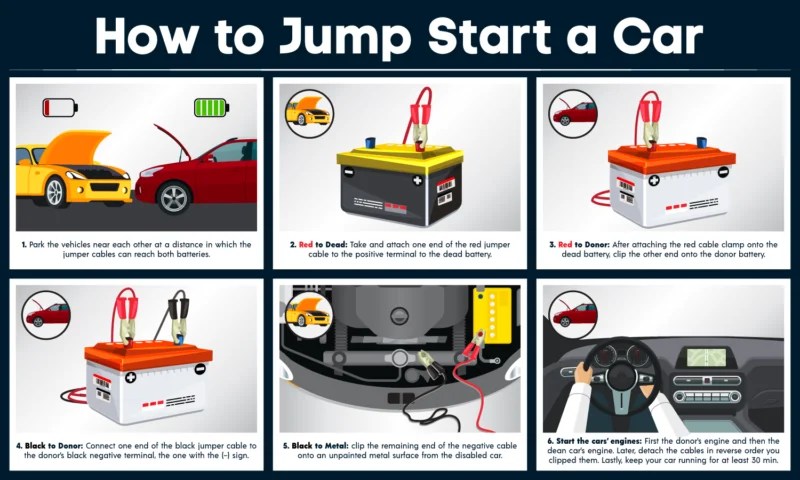
Start the CFMOTO 500 with a manual starter?
Watch this video on YouTube
Paradoxically, but sometimes the owners of ATVs simply forget to pour gasoline into the tank. Therefore, before proceeding with the diagnosis, it is worth checking the fuel level. nine0003
It is not uncommon for the cause of the problem to be insufficient battery charge . It can be charged at home. If the ATV is small, you can purchase an additional battery. The cost of batteries for budget models is relatively low.
It can be charged at home. If the ATV is small, you can purchase an additional battery. The cost of batteries for budget models is relatively low.
How to start an ATV?! If the battery is dead!? Life hacks! Subscriber reply | Irbis Atv 250s | SJ8Pro
Watch this video on YouTube
If the battery is good, but the starter does not work, it may be worth looking for the cause in the starting system. It is necessary to try to close the contacts, which are located on the starter relay. To do this, you need to use a screwdriver. The relay is usually located under the seat. Two thick wires are connected to it.
If you need to find a way to start the ATV without a key, you can also follow these steps. This technique will be effective only if the system is not controlled by the central computer . Otherwise, blocking will work.
If, after the manipulations, the engine starts up, then the problem is in the launch system . Otherwise, you will need to look for the cause of the malfunction further or visit a service center.
Otherwise, you will need to look for the cause of the malfunction further or visit a service center.
Each ATV has a stop button on the steering wheel. Usually it is red. This button is responsible for turning off the ignition, it turns off the engine . If you do not bring it to its previous position, the engine, of course, will not start. Therefore, it is worth checking in what position the "Stop" button is located.
Another security system provided in ATVs is a special check. This is a cable that is attached to the ATV at one end and to the driver at the other. If the latter falls off the ATV while driving, check flies out and the ignition turns off. You won't be able to start the vehicle without this receipt either. If this part is lost, you will need to look for the appropriate contacts and close them directly. nine0003
Another possible reason why the ATV won't start is a blown fuse. If the ATV is small, there is usually only one fuse. He is located next to the battery . The suitability of this part for operation can be assessed visually. The cost of the fuse is cheap, so it is better to have several of these parts in stock.
If the ATV is small, there is usually only one fuse. He is located next to the battery . The suitability of this part for operation can be assessed visually. The cost of the fuse is cheap, so it is better to have several of these parts in stock.
If there is no spare fuse, and the failure happened away from home, you can insert wire instead. This is a temporary solution that will allow you to get home. It is impossible to constantly replace the fuse with wire. You can burn much more expensive elements of the system.
This part is located under the saddle or next to the motor (depending on the model). It's a small box with wires coming out of it. They are connected to the ignition coil. It is difficult to assess the health of this part, so it is better to contact a service center with a similar problem. nine0003
If the spark plug wire is broken or the ignition coil is broken, it will not be difficult to check the performance of these systems.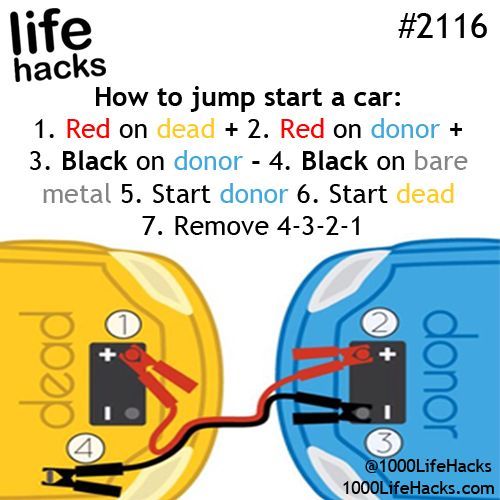 The candle is unscrewed and inserted into the candle cap. Next, you need to attach it with the metal side to the engine and press the starter button. If there is no spark between the electrodes, this is a sign of a breakdown. Try cleaning the spark plug electrodes and adjusting the gap between them.
The candle is unscrewed and inserted into the candle cap. Next, you need to attach it with the metal side to the engine and press the starter button. If there is no spark between the electrodes, this is a sign of a breakdown. Try cleaning the spark plug electrodes and adjusting the gap between them.
If there is a spark, then the problem lies either in the candle cap or in the candle. You need to buy a new part and change it. nine0003
It will be possible to eliminate many malfunctions and start the ATV even in the forest. For models with a manual transmission, you can try to start the engine from the pusher. It should be said right away that this cannot be done with an automatic transmission. In other cases, it is recommended to look for the cause of the breakdown according to the points listed above.
How to start an ATV with a PUSHER
Watch this video on YouTube
Winter is coming. But who said you can't ride an ATV in cold weather? In fact, frost will only be a hindrance if proper precautions are not taken before setting out on a day's journey.
But who said you can't ride an ATV in cold weather? In fact, frost will only be a hindrance if proper precautions are not taken before setting out on a day's journey.
ATV owners don't usually store them in their living quarters where they can stay warm. Even a domestic cat moves from the garage to the house on cold nights, but what about an ATV? Cars usually stay outside, but that doesn't mean they can easily endure the cold. But the temperature in a garage or under a shed very often drops below zero, especially when the mercury column in the thermometer shows -12 degrees outside. nine0003
Sometimes severe frosts come before the first snow. Therefore, it is possible that during the first winter trips on an ATV, the roads will be clean. However, do not think that starting the engine in such weather will be as easy as on a 26-degree summer day. ATVs don't like cold weather more than their riders. They require proper warm-up before opening the throttle. So if you're itching to get outside and your ATV is in the garage, we recommend that you complete the following checks and take action before heading out into the searing cold of the outdoors.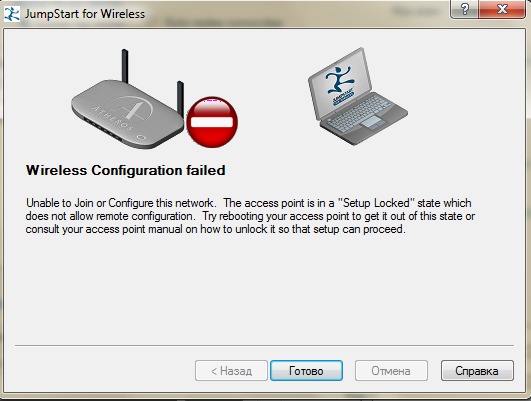 nine0003
nine0003
Just like a car, ATVs are also difficult to start in the cold. Fluids get thicker, spark plugs don't spark, and manufacturers don't make motor oils with -5w-30 specifications. Don't be surprised if you get a "hard start" where the engine starts with some effort and its running sound is unusually harsh until the oil has lubricated all the components.
Engine overheating is usually a major concern for drivers, especially those who race and forget to add antifreeze to their coolant. But for those who ride all-terrain vehicles in nature, to remove snow or hunt in cold weather, antifreeze is necessary. Chances are they already use the recommended antifreeze for their cars. nine0003
After starting, there will be no problems with engine operation in cold weather. However, if the coolant is of poor quality, contains too much water, or is not certified for low temperatures, it may freeze if the ATV is stored in freezing temperatures. Even more problematic is the expansion of the freezing liquid, which can cause serious damage to individual engine components made of non-ductile cast aluminum and steel. Cylinder walls and water jackets containing engine cooling fluid may be damaged. nine0003
Even more problematic is the expansion of the freezing liquid, which can cause serious damage to individual engine components made of non-ductile cast aluminum and steel. Cylinder walls and water jackets containing engine cooling fluid may be damaged. nine0003
Before starting the ATV, check the coolant to make sure it is not frozen. If this happens, you should not start the engine. You need to melt it and replace it. Frozen fluid will be spoiled, and if you continue to use it, the engine will overheat. To avoid freezing of the coolant, it is recommended to replace it immediately after the summer season by adding antifreeze, which protects against freezing and overheating.
Note: Most known refrigerants will not freeze, at least at temperatures slightly above freezing. But for harsher, more extreme weather conditions, a refrigerant with antifreeze is required. nine0003
Even if the ATV is not used in winter, it is best to replace the old coolant with new antifreeze fluid to avoid any problems during winter storage of the vehicle.
Don't be surprised if the suspension feels a little stiff at the beginning of the ride. You don't have to worry - this is normal. Keep moving on. The suspension will not work properly until the thick fluid is heated. It will return to normal after approximately 10 minutes of driving. nine0003
Although this is rare, it is still possible. The engine may stall in cold weather if the throttle is turned off too soon after starting. This is called a cold engine failure. Ice-cold oil cannot provide the required lubrication immediately. Therefore, even after the engine has started, it is necessary to let it run at low speed for a while until the oil warms up before increasing the speed. It's like starting an engine without oil: all unlubricated parts will quickly seize up without proper protection. nine0003
Don't expect tires to perform well when you ride in the cold. Like the suspension, the tires will soon warm up and start functioning properly, but it will take some time.